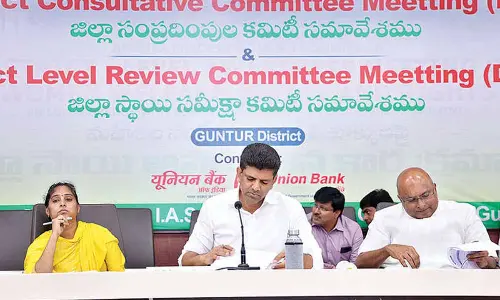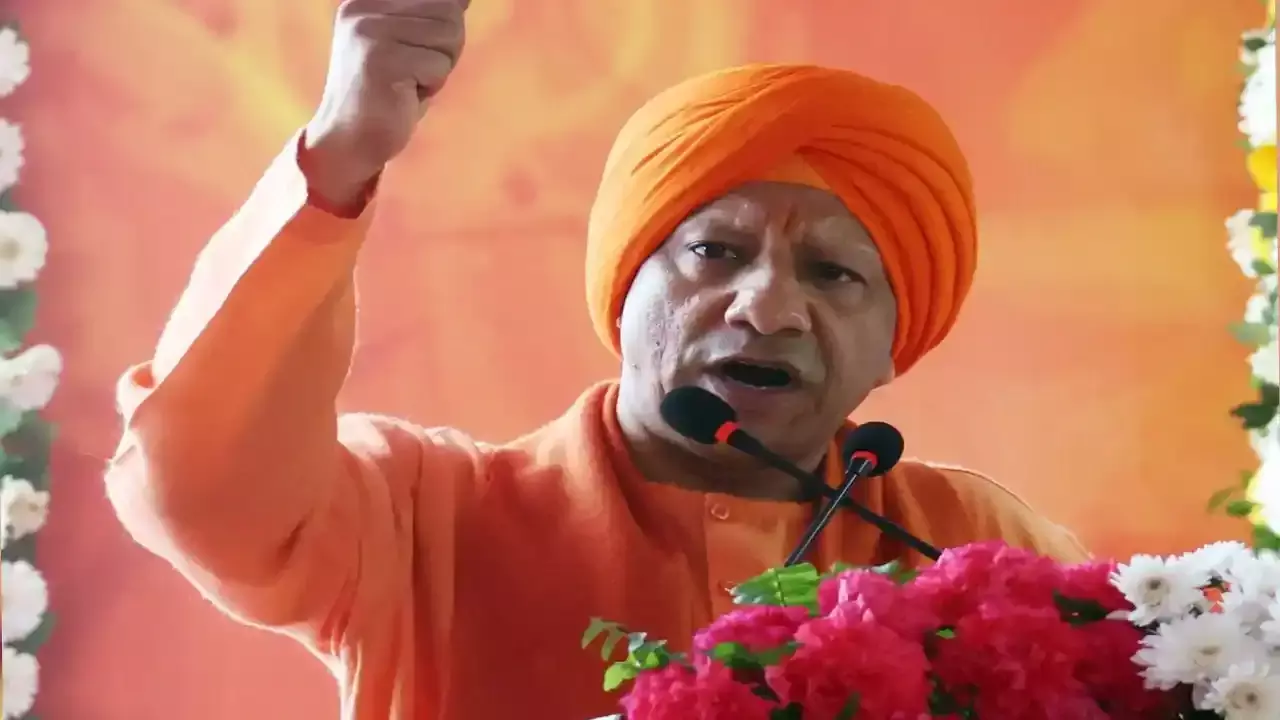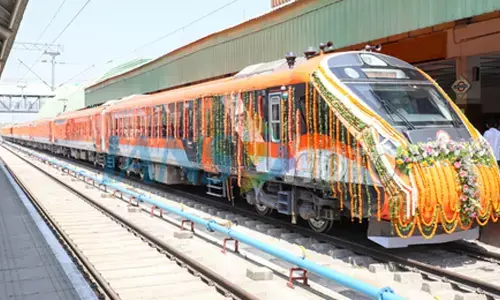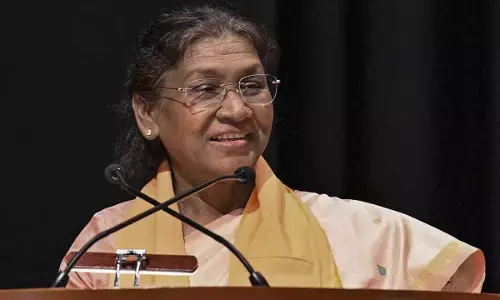The new corridor of power

On May 14, 2017, China held a grand durbar of world leaders in Beijing to unveil its grandiose plan of reviving the fabled ancient Silk Road. The notable among the heads of state and government present at the conclave were Russian President Vladimir Putin and Pakistan Prime Minister Nawaz Sharif. India abstained for want of ‘more clarification’.
On May 14, 2017, China held a grand durbar of world leaders in Beijing to unveil its grandiose plan of reviving the fabled ancient Silk Road. The notable among the heads of state and government present at the conclave were Russian President Vladimir Putin and Pakistan Prime Minister Nawaz Sharif. India abstained for want of ‘more clarification’. Is there more to the Chinese initiative than meets the eye? A dig into its historical past reveals that the new plan smacks of imperialistic designs
On May 14, 2017, China held a grand durbar of world leaders in Beijing to unveil its grandiose plan of reviving the fabled ancient Silk Road. The notable among the heads of state and government present at the conclave were Russian President Vladimir Putin and Pakistan Prime Minister Nawaz Sharif. India abstained for want of ‘more clarification’. Is there more to the Chinese initiative than meets the eye? A dig into its historical past reveals that the new plan smacks of imperialistic designs.
History and social studies students wouldn’t miss a brief mention of Silk Route or Silk Road that brought the rich traditions, culture, arts and crafts of Imperial China to ancient empires of Persia, Central Asia, Arabia, Africa and Europe for centuries before the advent of Modern Age. And, en route, to the Indian sub-continent.
However, the Silk Road and its glorious past had mostly been buried in the pages of history or in the tomes of great museums and libraries. Now, thanks to a new Chinese initiative, almost the entire world is talking about the ambitious multi-billion dollar One Belt, One Road Plan or Belt Road Initiative (BRI).
Although Chinese leaders do not refer to it as the New Silk Route, its aim is to expand the country’s trade relations and economic and cultural links beyond Middle East and Africa with ease of access to land and sea routes of every continent. In other words, BRI has its roots firmly based in the ancient Silk Route that spread across continents. Had Beijing named it as the Modern Silk Road, or something else, there would not have been much controversy or apprehensions about Beijing’s plan.
But it’s naming of the arterial route as China-Pakistan Economic Corridor connecting Kashgar in China’s Xinjiang region with Gwadar port on the Arabian Sea in Pakistan, a distance of about 2,400km, raises suspicions among many countries, particularly India, about Beijing’s true intentions.
While opening the conference, Chinese President Xi Jinping tried to allay such fears without mentioning India stressing, “We should build an open platform of cooperation and uphold and grow an open world economy… an inclusive one that should not be held hostage to old rivalries and power games.”
Xi’s words of assurance peppered with lofty ideals can’t mask BRI’s long-term implications for countries heavily dependent on Chinese economic aid. His two key words – cooperation and an open world economy – are aimed at improving infrastructure, trade, capital flow, ideas and encouraging people-to-people exchanges.
Ever since the Chinese leader floated the plan in 2013, he has been trying to garner global support to the initiative. While a hundred countries and world organisations have pledged support, 40 nations have signed cooperation agreements with Beijing. Undoubtedly, the BRI has given China a major boost to leverage itself as the second super power after the US.
Though achieving that goal is not easy, the China Pakistan Economic Corridor deal which Nawaz Sharif signed during the conference gives Beijing an advantage that is never heard of in modern world history. The terms of cooperation agreement make Pakistan a client state of China.
That may be an exception as the Sharif government has gone out of its way to grant the Chinese whatever they have asked for to signal its proximity to Beijing. Ironically, the CPEC accord that goes beyond trade and economic cooperation is a pointer to how China could emerge as a modern imperial power. Not surprisingly, the CPEC is the first step towards that goal.
That is in contrast with the ancient Silk Road that served dozens of countries with an avowed aim of boosting two-way trade and commerce across the continents as well as exchange of cultural, scientific, religious, literary and social ideas and values.
It’s a misnomer to call what the silk merchants of China and horse traders of Central Asia used to trek a treacherous mountain path a Silk Road. The Han dynasty (207-220 BC) is credited with facilitating the trade route mainly for silk exports. Hence the name Silk Road was coined. Horses being the main mode of transport, they too became a lucrative source of business for traders along the route.
Along with silk –believed to have originated in China – traders carried a lot of exotic merchandise from that country and picked up more on their journeys to various destinations in Central Asia, Middle East, Africa and Europe. In later periods, some other sea and land routes complemented the Silk Road trade. Thus the Chinese were able to establish a network of sea and land trade routes criss-crossing Asia, Africa and Europe.
Trade was only a part of the complex system of buying and selling goods; travelled along with them were religion (mainly Buddhism), philosophy, culture, varieties of foods, architectural styles, et al. In one way or the other, the Silk Road played a crucial role in shaping up and influencing various civilisations at different periods of time in China, the Indian sub-continent, Arabia, the Horn of Africa and Europe.
With modern modes of goods transport slowly edging out the traditional methods and economic and trade relations exponentially expanding between and among the countries, the Silk Road and its feeder routes have become irrelevant in modern trade practices. As a result, in recent times, the Silk Road has assumed importance more for its strategic role than as a trading route until China had decided to modernise the ancient road in a new avatar.
The initiative, per se, is laudable despite its heavy cost that could run into several billions of dollars over years. But China is not sticking to only the road plan. It is also eying sea routes a la ancient water ways to complement the China-Pakistan Economic Corridor as part of the Belt Road Initiative.
Beijing’s strategy is obvious: It is preparing the ground to directly challenge the American supremacy in Asia-Pacific and Middle East region.
Historically, when a country becomes militarily and economically strong, its territorial ambitions start growing. That was the case with all the colonial powers and China is no exception. In fact, the Imperial China harbored similar ambitions and hegemonic designs.
China sees such an opportunity in the Silk Road revival. If it succeeds, even partially, then it will be a classic case of a communist country turning controlled-capitalist and then transforming itself into a 21st century colonial power.
India and the Silk Road
India used to be called a land of milk and honey. As such it played an important role in being a trading hub on the Silk Road between China and Arab countries and Africa. Researchers have identified 12 sites that were part of Silk Road trading points.
These were located in Jammu and Kashmir, Maharashtra, Tamil Nadu, Puducherry, Uttar Pradesh, Punjab and Bihar. It is believed from the archeological remains that besides exotic spices, India exported its rich art and culture, religion, Vedic knowledge to Arabs, Greeks and Romans. At the same time, it also absorbed alien ideas and adopted some of the foreign lifestyles in various disciplines. In a way, India seems to have greatly benefited from East and West as an important intermediary on the Silk Route.
Now, in the context of Chinese initiative, India’s objections are many. One is, the new Silk Road passes through the Pakistan-occupied Kashmir. Accepting Chinese proposal means legitimising Pak occupation. Secondly, China’s growing clout and economic muscle in the region is seen as a threat to India’s security and strategic interests. The Beijing plan has an inherent danger of cornering India from all the sides if a war breaks out between the two countries.
By: Madhusudhana Rao S
















